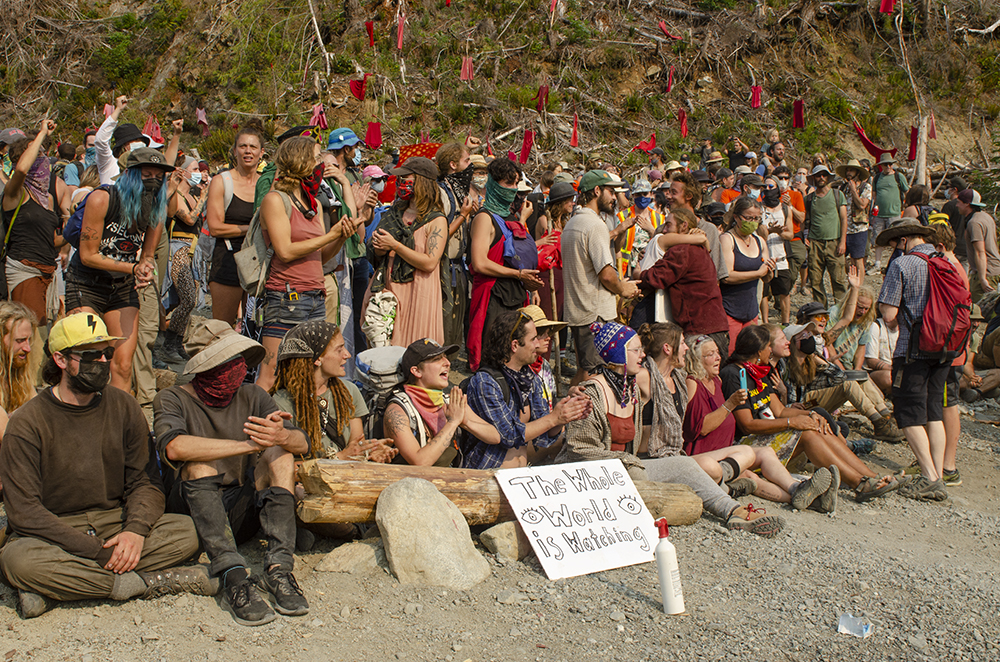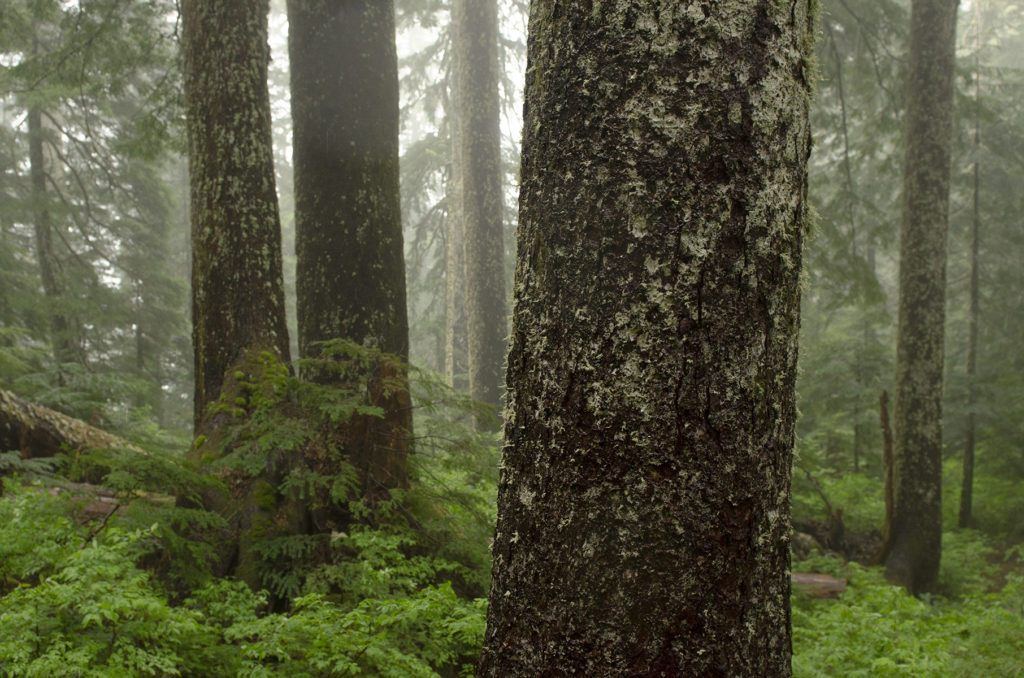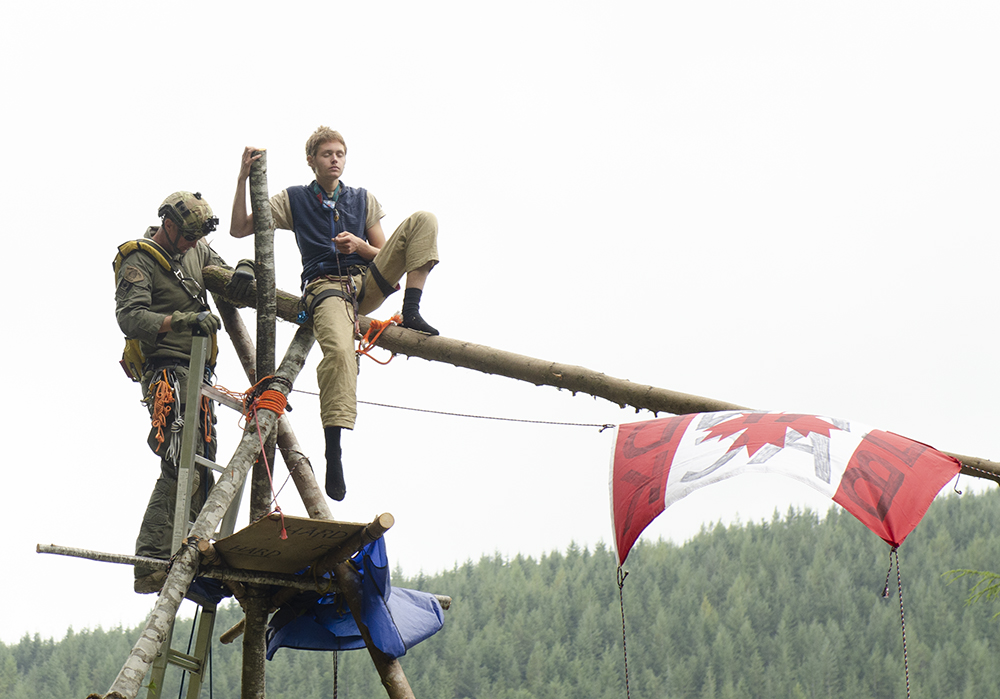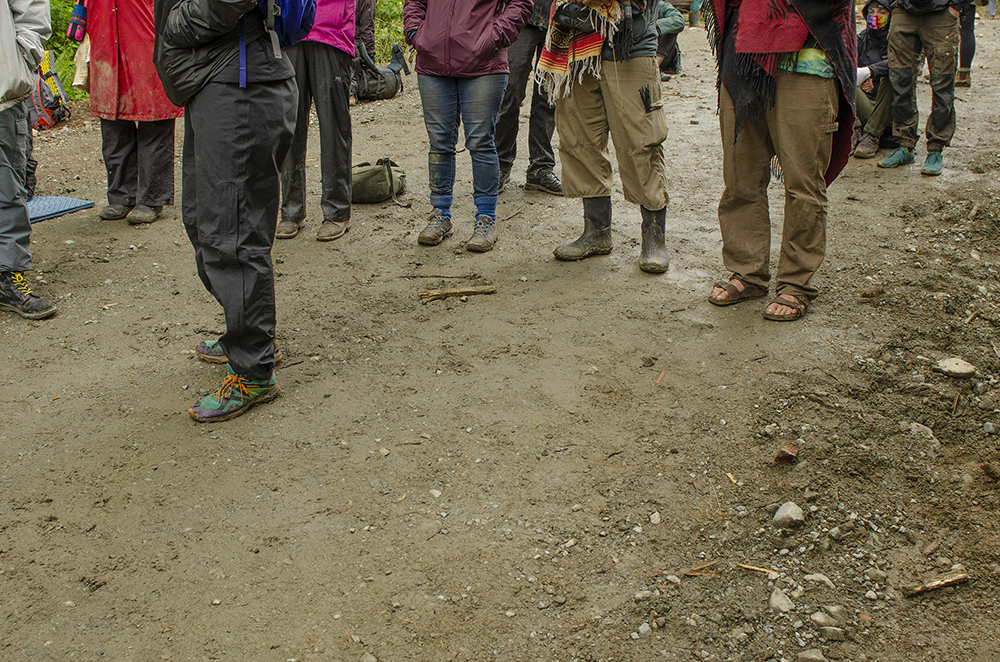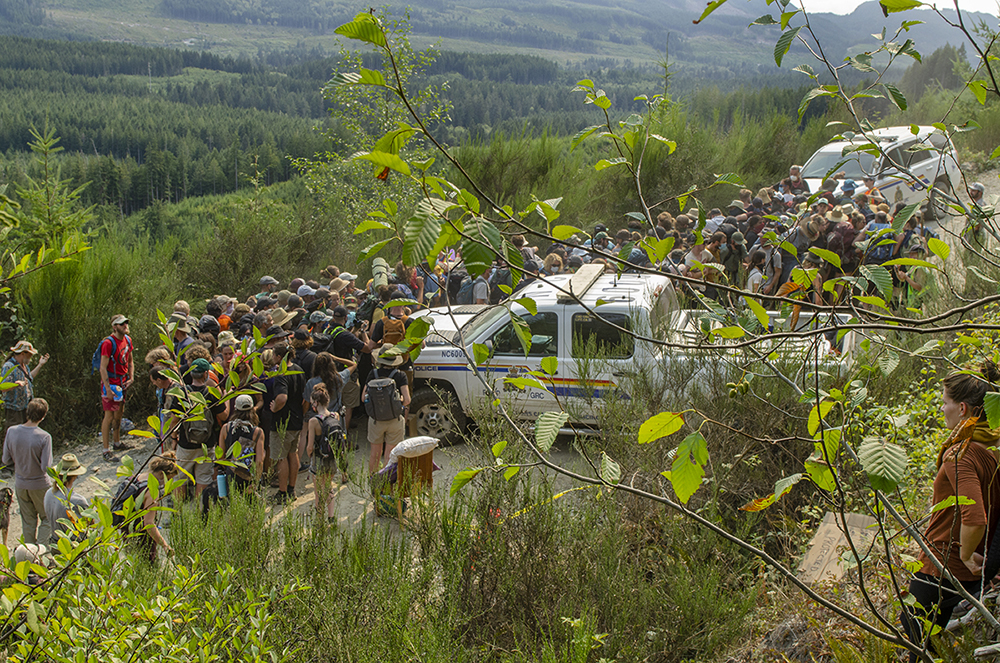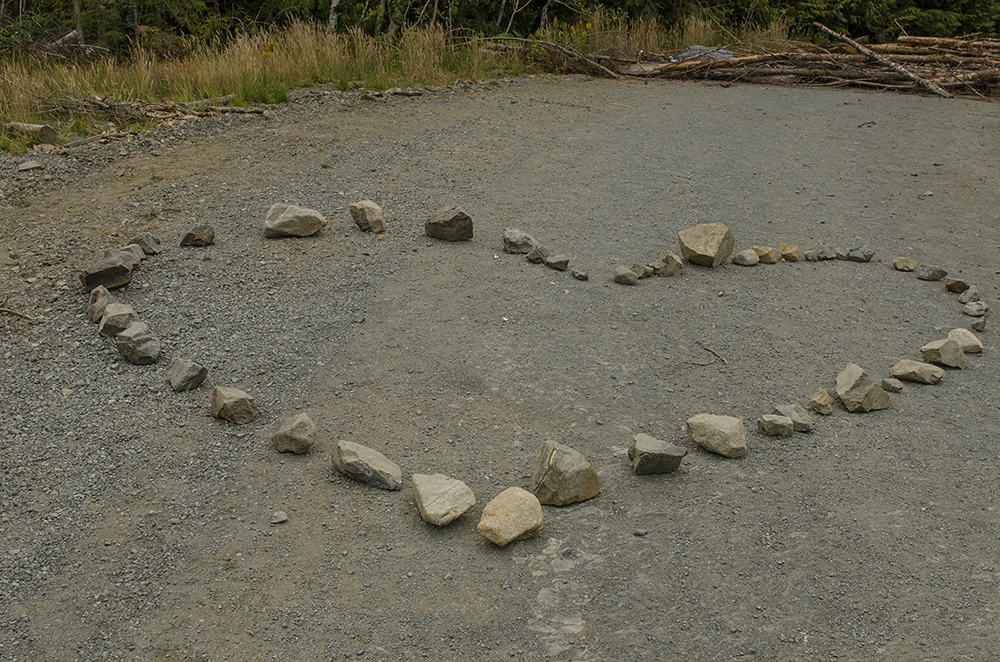Vancouver December 23rd, 2024
He still knows what stop to get off at. Surprising as delusion has set into such a degree that he doesn’t recognize himself in his reflection on the Vancouver SkyTrain even though he is confronting himself.
“Is that you? Who’s that? Behave yourself.” Spins away from the familiar that has become foreign; hurls a garbage bag of empty bottles and cans into the corner.
Angry white man. The kind who could commit mass murder with a Walmart semi-automatic if this were happening in the US. Beaten down. Shut down. Lethal. He plunks down next to me. I have politely made room by shuffling my luggage to the side and underneath my legs. Not for him necessarily. Plunk. His clothes aren’t as dirty as he smells, definitely the smell of not having showered … for how long? How long does it take to get that deep musky gag-inducing smell? But, despite that, he’s clean cut. Not clean, as this expression presumes, but no beard, no long shaggy hair. Just a deep-rooted stench and clothes that should be dirtier to match the smell. And the explosive anger of the emasculated man. Two young Chinese women have long-since darted into the next car.
The muttering starts, the only other decibel level other than shouting.
“I think I fucked up.” I decipher. “I think I’m on the wrong train.”
“Do you want to go to Richmond or Waterfront?” I ask the side of his bowed head.
“Waterfront.”
“You’re on the right train.” I pull out the book that I hadn’t necessarily planned to read during the train ride and which I still don’t. Rebecca Solnit’s Hope in the Dark is a convenient prop at this moment with which I can pretend to not be paying attention while my ears are pricked for every scrap, every gem, of what is going to happen, hungry for this next remembrance of what was once my hometown. He leaps up to confront his reflection again.
“Is that you?” he questions; he accuses. The mutter has jacked up to the other volume of the shout. Another spin. Swaggers into the middle of the car, a ready stage as all the passengers have backed away to be as far as possible from the ensuing performance and those who have no choice but to be a bit nearby desperately pretend not to notice what is impossible not to, anxiety visible beneath the fallacy of their unperturbed faces. “Please get off the train. Oh, no not this again. Please don’t exist,” the blank faces say. Swagger. Not yet entirely drunkenly. The swagger will devolve into the stagger when he can exchange the garbage bag of rattling bottles in for a full one. But of what? I wonder. What can he buy with that? He doesn’t have enough … It’s even difficult for drunks to fulfill their tragedies in Vancouver now.
“195 pounds of absolute killer!” He shouts, both thumbs jabbing at his chest. If his eyes were clear, if he were still here, if he hadn’t shut down inwards from so much time alone, so much rejection, so much: “No, you’re not!”, he would have been addressing us, everyone on the train. He checks his fists to make sure they’re still there. Two white thugs marked up with red. Satisfied. Unclenches,
“Eight years in the Canadian infantry. Is that right?” The train has been silent since he got on. Now, the silence seems to hesitate, his announcement left as a question hanging. The train slows. The stop he remembers. The door opens. He retrieves his garbage bag of cans and bottles. A woman dressed as a Christmas tree gets on, green jacket, pants, scarf, toque, wrapped in flashing lights, plastic snowflakes pasted to her plaid shopping trolly.
“What’s that!?” he shouts her direction, repulsed, as he lunges off the train.
“I’m a walking Christmas tree!” Her too-loud laugh cuts through the heavy silence. She starts to dance to the rhythm of the flashing of her lights, spinning in the space he’s left in the center of the car.
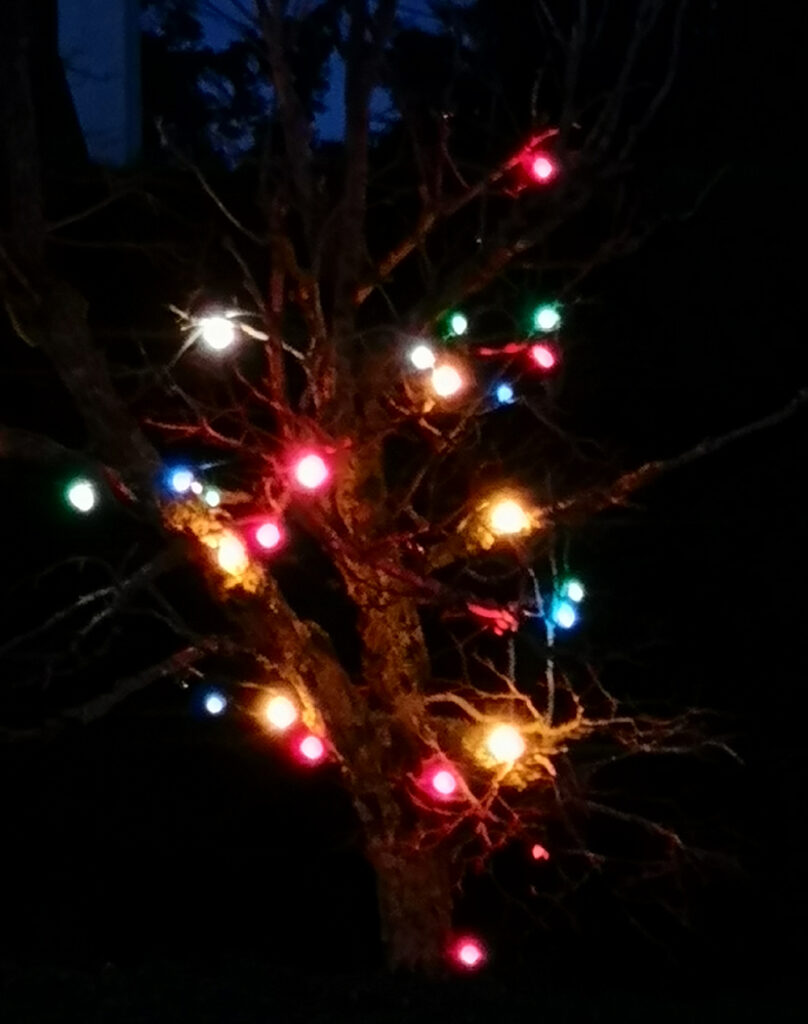
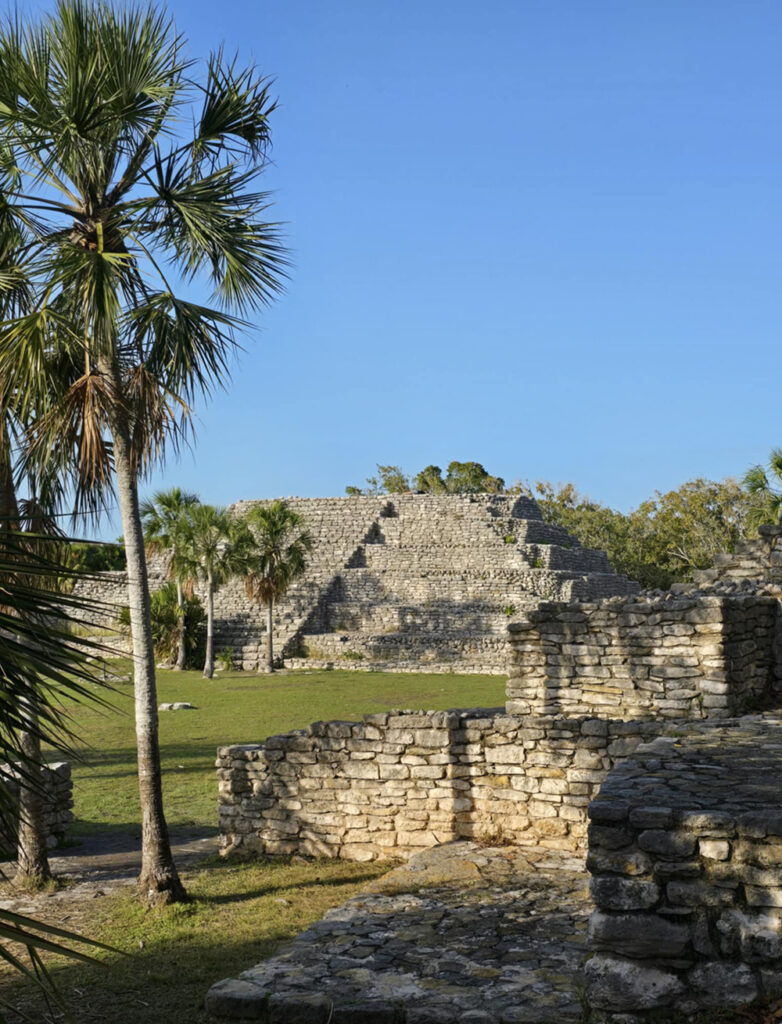
Xcambó, Yucatan, Mexico December 13th, 2024
There were two enormous birds who were counting on me being dead. Me, an unwitting corpse as a sacrifice to their intrigue and hunger lying on top of a remote pyramid in the Yucatan. Unfortunately for them, I was only having a nap.
Napping is a hobby of mine. Any time the inclination strikes and there is a surface where I can stretch out on my back, one arm across my stomach and the other behind my head or flopped to one side, ideally something to cover my eyes, I nap. Power nap. Recharge my computer (re: my brain), or just float, not quite sleeping, riding an arch of REM. The best naps are ones that result in a twitch, like dogs do when they’re dreaming, and then I come back. Too bad for the huge, black birds, I did.
But what would have happened if I’d napped for longer? If I’d gone past my usual 30 minutes, indulged in an hour. They’d been circling above, I was told by my friend who was watching this small spectacle from the other side of the ancient city, a humble one by Yucatan standards with the epics of Chichenitza and Uxmal both tended to and tourist bound. No one came to this one.
“¿Tienes muchos visitantes aquí? (Do you have many visitors here?)” I asked the attendant who emerged from a rumpled little apartment behind the sloping ticket counter. He’d roused himself from something and there was a lengthy gap between my call of ‘Hola’ and his arrival.
“Muy, muy poco, (Very, very few)” he verged on a lifelong yawn while announcing the price of 80 pesos each.
“¿Tienes alguna información sobre la pirámide? (Do you have any information about the pyramid?)”
“No,” he responded as the selva rustled and I felt a swishing of wings from above. He stared out towards to the untended structure, trying to remember something, know something about this place that was his vocation that hardly anyone ever came to, tell this rare guest something.
“Era un lugar donde la gente comerciaba, (It was a commercial center)” he smiled, pleased with this piece of information he had managed to dig up for me, flashing gold capped teeth.
“¿Puedo escalarlo? (Can I climb it?)” I asked, and now that I think of it, pyramid climbing is another hobby, an exotic one as it requires a pyramid and sadly, you aren’t allowed to climb most of them anymore.
“Sí.” He smiled again and I grinned back.
“Gracias!”
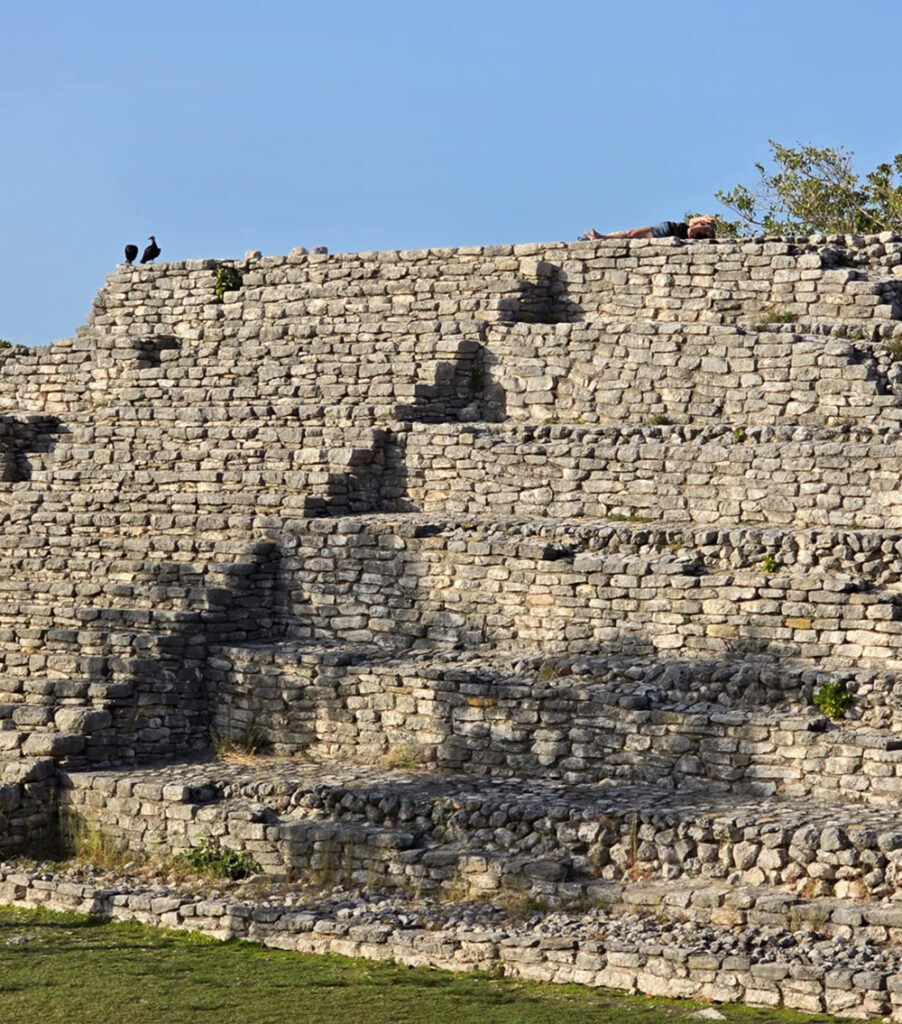
The two big black birds landed on the edge of the pyramid. Watching. Waiting with the patience of predators creeping closer as I floated in the warm Yucatan sun and a forest breeze swished across my bare legs, arms, unsandaled feet, vulnerable neck. They moved closer. What would have happened if they had reached me? Would they have gone for my jugular, as cougars do? Would it have mattered that I still have a pulse?
My eyes opened. Slowly. Coming back from a most luxurious napping arch. I sat up, still oblivious to the eyes that had been locked onto my prone flesh most likely for the duration of my nap.
“You’ve got visitors!” the small form of my friend called from across the ruins. They didn’t leave right away; they seemed as surprised as I was that they were there and I was alive. Our gazes connected for a few seconds. Their black eyes shone from dull, wrinkly grey heads as dull black feathers almost glinted in the high afternoon sun. But then, lazily, one tipped off the edge of the pyramid and swooped up on an air current and the other swished its broad wings and landed next to a sun-cracked puddle bed to attempt a drink. Were they planning on eating me? I thought as I climbed down the crumbling stairs.
While were exploring Xcambó, the attendant had called his friend. “Gente esta aqui! (People are here!)” he must have told him. I walked over to say adios, gracias and ask about the birds. The other man had set up a display of hand-made souvenirs for us, row upon row of brightly painted, carved animals and onyx disc necklaces to view eclipses through. I bought a turtle magnet and a turtle necklace both made from the bark of a coconut tree. There wasn’t anything representing the huge, black birds. I told the two men what had happened.
“Ah! Zopilotes!” the attendant exclaimed. “Tzopīlōtl en Nahuatle.”
“Creo que estos pájaros estaban pensando sobre comerme. (I think those birds were thinking about eating me)”, I stated. Both men laughed, flashing gold capped teeth.
At dinner, I told the waiter the story of my nap and the visitors.
“Those are the birds that eat humans.” He stated and turned to go order our drinks.
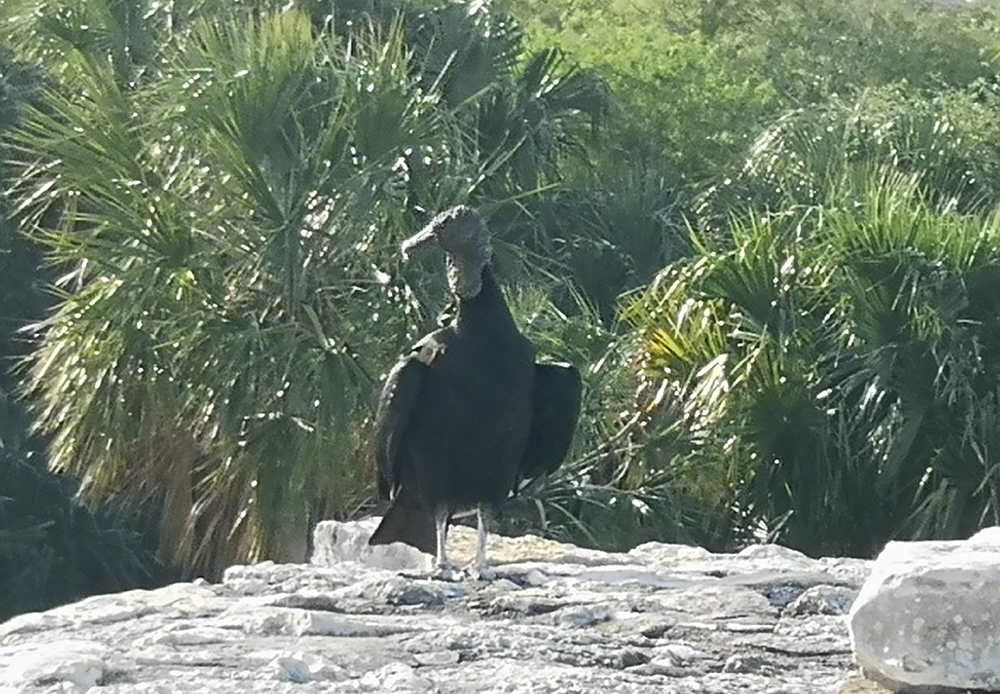

On the surface, there may not appear to be much logic involved in these two travel tales and, as I am publishing them in my blog “The Logical Feminist,” one would presume there would be some. But never fear. There’s lots of logic here.
- Vancouver is filled with emasculated, angry white men. Yes, I am racializing because it’s true. All of the people who commit mass-shootings in the US are young angry white men (except there was a white woman a couple of years ago). I know PC folk: people aren’t supposed to tell such truths in Canada (the most politically correct country in the world by the way and a hot bed of cancel culture … but that’s a whole essay to delve into the logic of that … and is it logical? Maybe). The two young women who immediately bolted into the other train car, without even thinking or discussing it, just a mutual, instinctual bolt from having done it so many times, were Chinese. This is true. (Again, a corresponding essay could be written to explain why and how). Regardless, once contextualized beneath the surface, it is all logical. What do you think?
- Non-human animals and nature are the most logical entities on earth. Wait for awhile to see if a body is dead. Eat it.
Happy New Year everyone!
Yours,
The Logical Feminist.

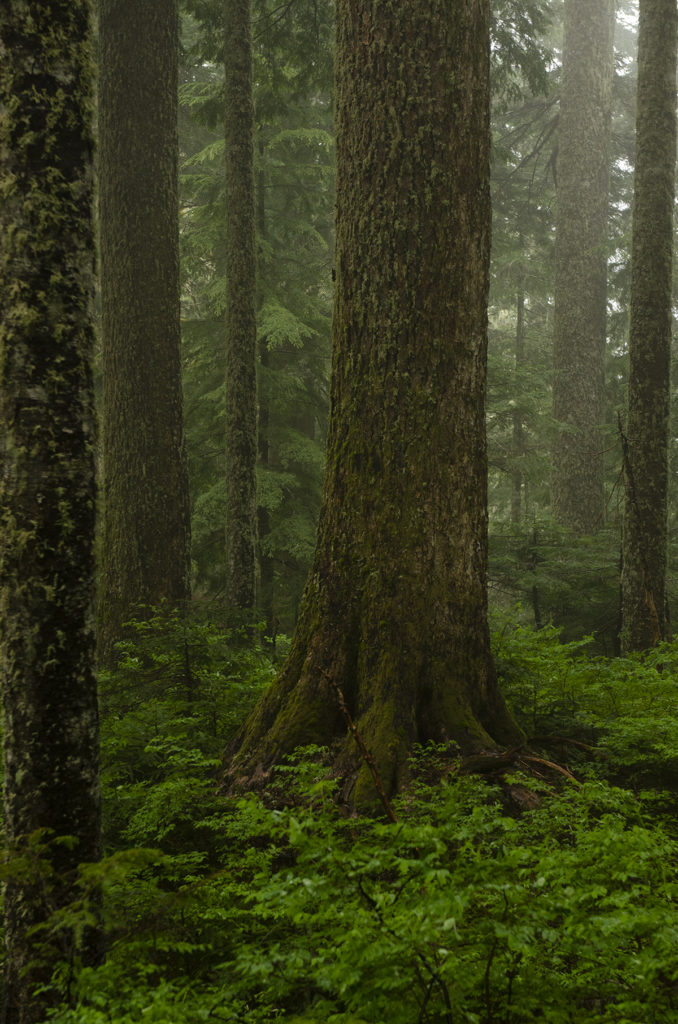
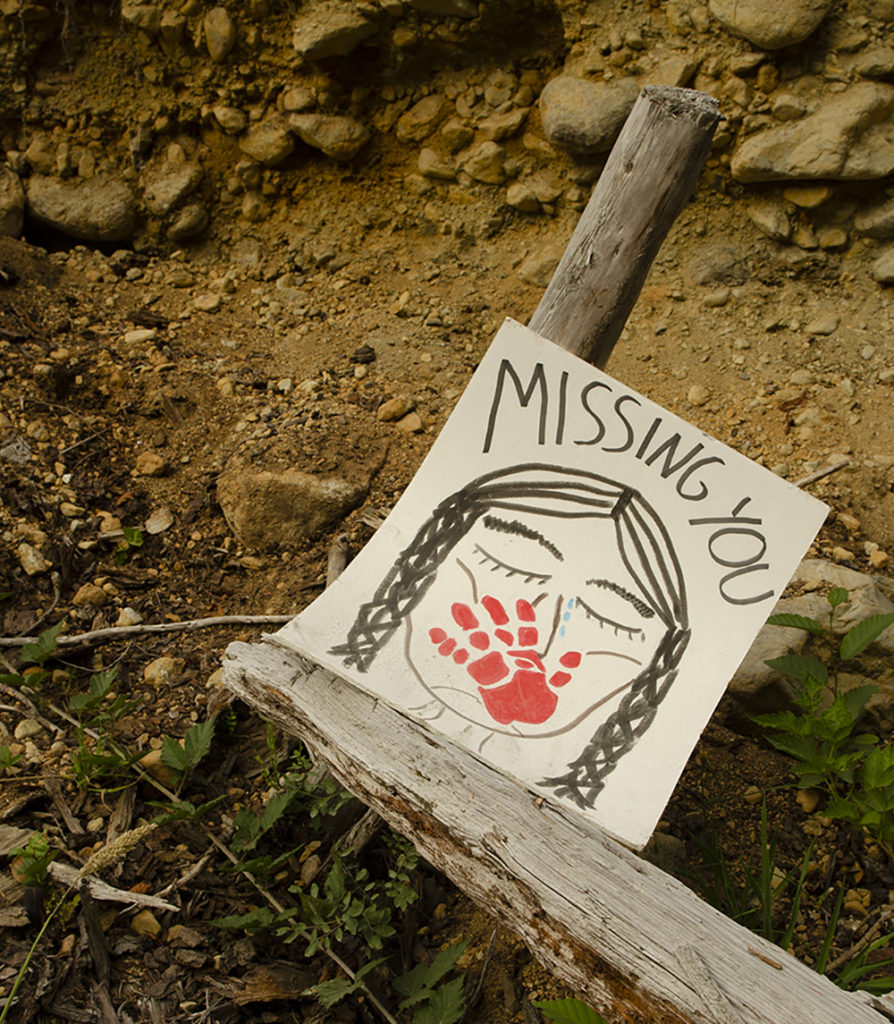 The rapes and murders of Indigenous women are synonymous to the rapes and murders of Indigenous forests.
The rapes and murders of Indigenous women are synonymous to the rapes and murders of Indigenous forests.